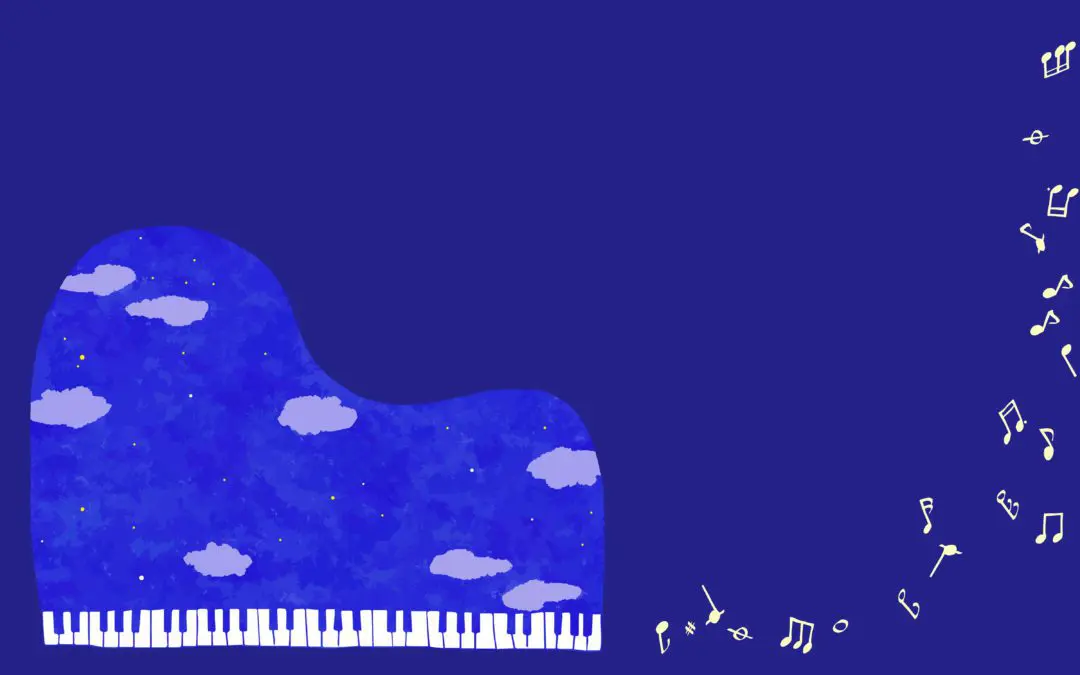Yesterday while teaching from home (the Covid-19 Shelter at Home period still in place), I experienced a moment that made me feel something special. In teaching music, part of our efforts are to help students to play their best, while at the same time realizing the intent of composer and the stylistic traits of that composer’s time. The morning had started with two movements from Aaron Copland’s “Our Town” Suite. These are wonderfully expressive examples of Americana at a simpler time. Claire de Lune followed, the same adult piano student playing and enjoying challenges amidst real beauty. Throughout the day there would be Gershwin’s First Prelude for piano, Debussy’s Dr. Gradus Ad Parnassum, Helen Curtiss Method pieces, The Kabalevsky Piano Concerto #3, Ravel’s Pavanne for a Dead Princess and Sonatine, and Debussy’s First and Second Arabesques.
When working carefully with the First Arabesque of Debussy, I realized that something very special was happening. In the final recapitulation of the flowing triplet figure of odd against even notes, everything came together for this young student! I had warned her weeks earlier that I had once lost a student due to the frustration of not being able to conquer that very passage. It can be frustrating to merge notes grouped in odd and even figures between hands simultaneously. That had not been a problem with this student, who was able to make that work within the first several weeks. Working is different from musical expressivity.
When music sheds the appearance of notes being played and becomes sound, space and feeling of time and harmony, we step back and take notice. It was in the second practice repetition of the piece that it all came together. We had done some analysis of technical issues having to do with triplet figures, trying not to isolate the triplets into distinct figures but letting them merge into the melodic line. At that moment, this piece became music and not just the realization of notes. This young student had faced the technical challenges for weeks, learning such a beautiful piano piece. Flowing lines, expressive phrasing, and inner beauty of tone were all present. And it worked! We both smiled after she completed her piano lesson online, and we talked about the accomplishment of this performance. To master an important piano composition at a young age bodes well for her musical future.
-JC

